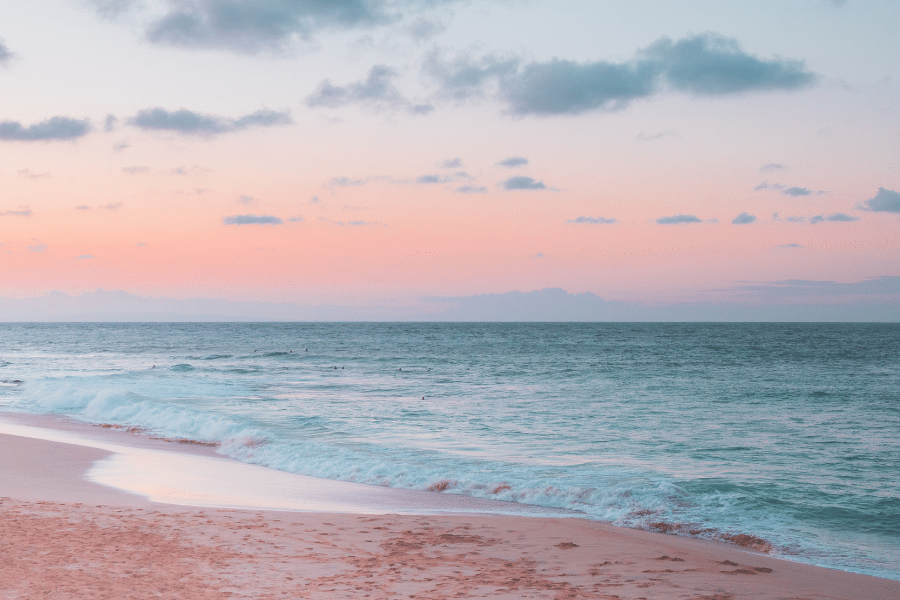Recent news outlets, including CruiseHivel.com, report that, a 73-year-old man from Melbourne, Australia, died after jumping overboard from the Disney Wonder cruise ship on November 22 while it was sailing through the Tasman Sea on its way from Melbourne to Auckland.
The incident happened around 4:30 a.m., prompting the ship to turn around and conduct an extensive five-hour search using thermal imaging technology. Despite those efforts, the man was not found. Passengers were informed by the captain that someone had gone overboard and that search teams were unable to locate him.
Authorities say the man’s death is not being treated as suspicious, and Victoria Police will prepare a report for the coroner. The Disney Wonder, which carries up to 1,750 guests, continued on its route and is expected to reach New Zealand one day later than planned.
Incidents of passengers going overboard, while relatively rare compared to the millions of people who cruise each year, are a recurring safety concern in the industry. Most overboard cases happen during late-night or early-morning hours when fewer people are on deck, and visibility is limited — making rescue efforts extremely difficult.
Modern cruise ships are equipped with cameras and, increasingly, motion or detection systems, but these tools don’t guarantee a successful recovery due to the vastness of open water and the speed at which ships travel (nor do they always work properly). The tragedy on the Disney Wonder is another reminder that once someone enters the ocean at night, even with immediate response, the chances of survival are tragically low.
The information provided is for general informational purposes only and does not constitute legal advice. Every case is unique and should be evaluated by an experienced cruise ship accident or maritime injury attorney.

